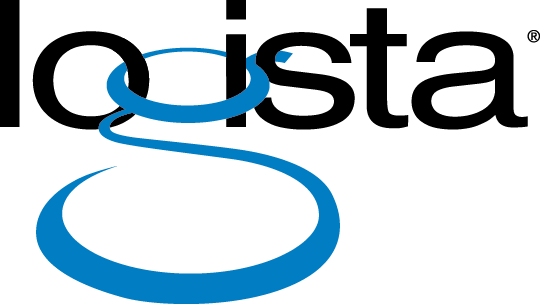Have you ever wondered if your organization’s IT efforts are truly aligned with your overall business objectives? How can you measure the effectiveness of your IT infrastructure and make data-driven decisions that drive success? These questions highlight the importance of measuring your IT performance accurately and strategically. In today’s fast-paced and technology-driven business landscape, the ability to measure and optimize IT performance is crucial for staying competitive and achieving your goals.

Here are our top 10 best practices for IT measurement that will help take your organization to new heights of efficiency, innovation, and growth.
1. Align IT Metrics with Business Objectives: Ensure that the metrics you choose to measure IT align with the overall business objectives. This will help demonstrate the value of IT in achieving strategic goals and provide meaningful insights for decision-making.
2. Focus on a Balanced Set of Metrics: Avoid relying solely on a single metric to measure IT performance. Instead, use a balanced set of metrics that cover different aspects of IT, such as availability, responsiveness, customer satisfaction, security, and cost-effectiveness. This holistic approach provides a more comprehensive view of IT performance.
3. Establish Clear Baselines: Set clear baselines for each metric to establish a starting point for measurement. Baselines help you understand the current state of IT performance and provide a reference for future comparisons and improvements.
4. Use Real-time Monitoring: Implement real-time monitoring systems to capture accurate and up-to-date data about IT performance. Real-time monitoring enables proactive identification of issues and allows for timely interventions to prevent or minimize any negative impact.

5. Define Service Level Agreements (SLAs): Establish SLAs that outline the expected levels of IT service and performance. SLAs help set expectations and provide a benchmark for measuring IT effectiveness. Regularly review and assess SLAs to ensure they remain relevant and achievable.
6. Regularly Report and Communicate Results: Share IT measurement results with stakeholders on a regular basis. Prepare clear and concise reports that highlight key findings, trends, and areas for improvement. Effective communication helps create awareness, accountability, and collaboration among IT teams and business stakeholders.
7. Continuously Improve Measurement Processes: Treat IT measurement as an iterative process and continuously improve measurement methodologies, data collection techniques, and analysis approaches. Stay updated with emerging trends and technologies that can enhance your measurement capabilities.
8. Leverage Automation and Analytics: Utilize automation tools and analytics platforms to streamline data collection, analysis, and reporting processes. Automation reduces manual effort and improves accuracy, while analytics tools help uncover insights and patterns in large datasets.
9. Foster a Culture of Data-driven Decision-making: Encourage a culture where decisions are based on data and insights derived from IT measurement. This helps eliminate biases and subjective judgments, leading to more informed and effective decision-making.
10. Benchmark Against Industry Standards: Compare your IT performance metrics with industry benchmarks to gain insights into your relative position and identify areas where you can improve. Industry standards provide context and help you gauge your performance against peers.
Measuring your IT performance is essential for the success of your organization. Embrace these best practices to unlock the full potential of your IT capabilities and drive efficiency, innovation, and growth in your organization.
About Logista Solutions
Logista Solutions is a nationally recognized leader in a broad range of technology management solutions. As one of the largest technology support providers in the U.S., Logista provides innovative and holistic solutions to help companies take control of their IT infrastructure and achieve better business outcomes. Popular services include Managed IT as a Service, VoIP and Unified Communications, Managed Print, Cloud Services and Asset Disposition.



